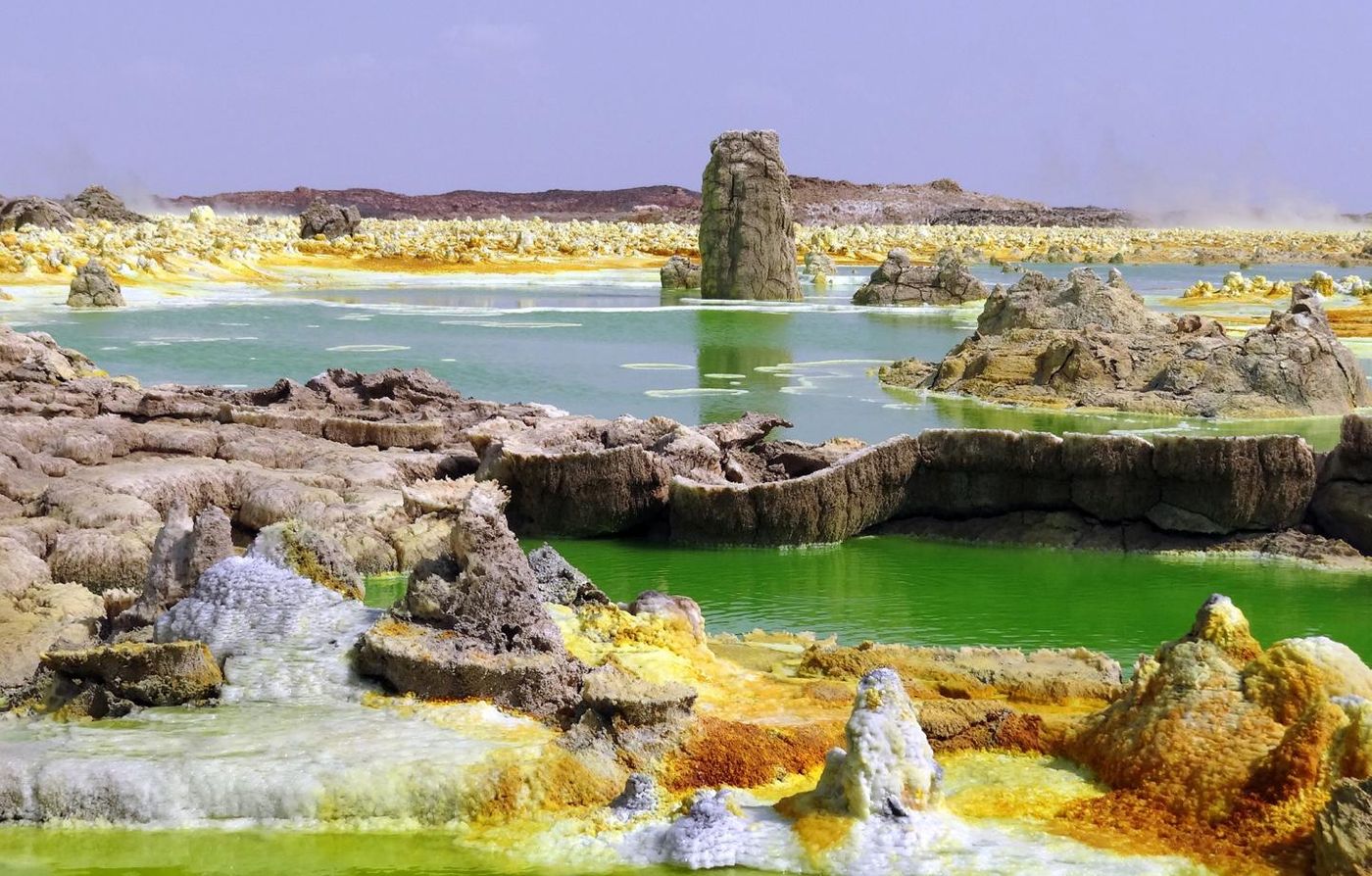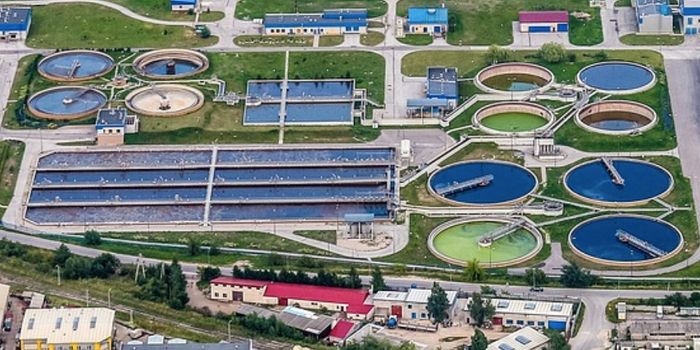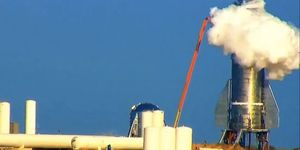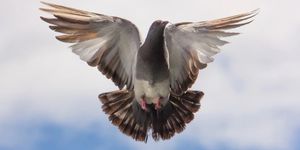Scientists Find the Limits of Life in an Extreme Environment
There are many places on the planet where different forms of microbes have been able to make a home, even in the harshest conditions. But there are still locations where no life can exist. Scientists have learned that in the extremely acidic, hot, salty ponds of Ethiopia's Dallol geothermal field, no microbial life exists. Dallol sits in the depression of Danakil, where hydrothermal activity is coupled with toxic gases and boiling waters. The pools are so acidic, their pH can be negative, and winter temperatures can get hotter than 45 degrees Celsius (113ºF). Though recent work has shown that some microorganisms can grow in places with high salinity, acidity, and heat (a multi-extreme environment), this work, reported in Nature Ecology & Evolution, shows that there are limits.
"After analyzing many more samples than in previous works, with adequate controls so as not to contaminate them and a well-calibrated methodology, we have verified that there's no microbial life in these salty, hot, and hyperacid pools or in the adjacent magnesium-rich brine lakes," noted biologist Purificación Lopez Garcia of the French National Centre for Scientific Research (CNRS).
The scientists used various methods to confirm the absence of life, including genetic sequencing, sampling for microbial growth in culture and chemical analysis, a cell-sorting tool called flow cytometry, and scanning electron microscopy with X-ray spectroscopy.
"What does exist is a great diversity of halophilic archaea (primitive salt-loving microorganisms) in the desert and the saline canyons around the hydrothermal site," the biologist added, "but neither in the hyperacid and hypersaline pools themselves, nor in the so-called Black and Yellow lakes of Dallol, where magnesium abounds. And all this despite the fact that microbial dispersion in this area, due to the wind and to human visitors, is intense."
Some of the precipitates from Dallol, which are rich in silica, can resemble microbial cells, and have to be carefully assessed. "In other studies, apart from the possible contamination of samples with archaea from adjacent lands, these mineral particles may have been interpreted as fossilized cells, when in reality they form spontaneously in the brines even though there is no life," explained López García.
The researchers noted that when speculating about the existence of life in Earth's extreme locales, and extraterrestrial environments, structures have to be analyzed in ways that look beyond cellular characteristics. In astrobiology, there should be multiple things that indicate that life is present.
"In addition, our study presents evidence that there are places on the Earth's surface, such as the Dallol pools, which are sterile even though they contain liquid water," stressed Lopez Garcia. Just because water exists somewhere does not mean that it's habitable.
The researchers have identified two barriers that can impede life; high levels of a chemical that can destroy biomolecules and break hydrogen bonds - chaotropic magnesium salts, and conditions that are at once hyperacid, hypersaline, and extremely hot.
"We would not expect to find life forms in similar environments on other planets, at least not based on a biochemistry similar to terrestrial biochemistry," added Lopez Garcia.
Sources: AAAS/Eurekalert! via FECYT - Spanish Foundation for Science and Technology, Nature Ecology & Evolution









